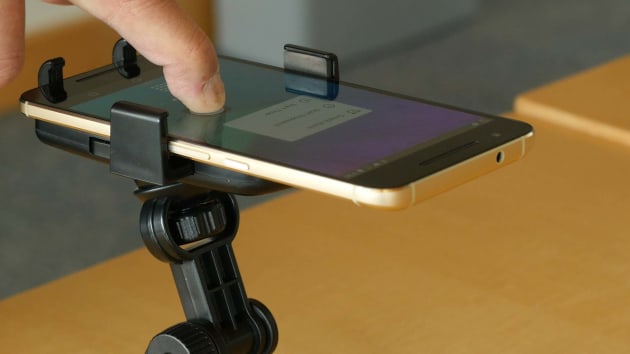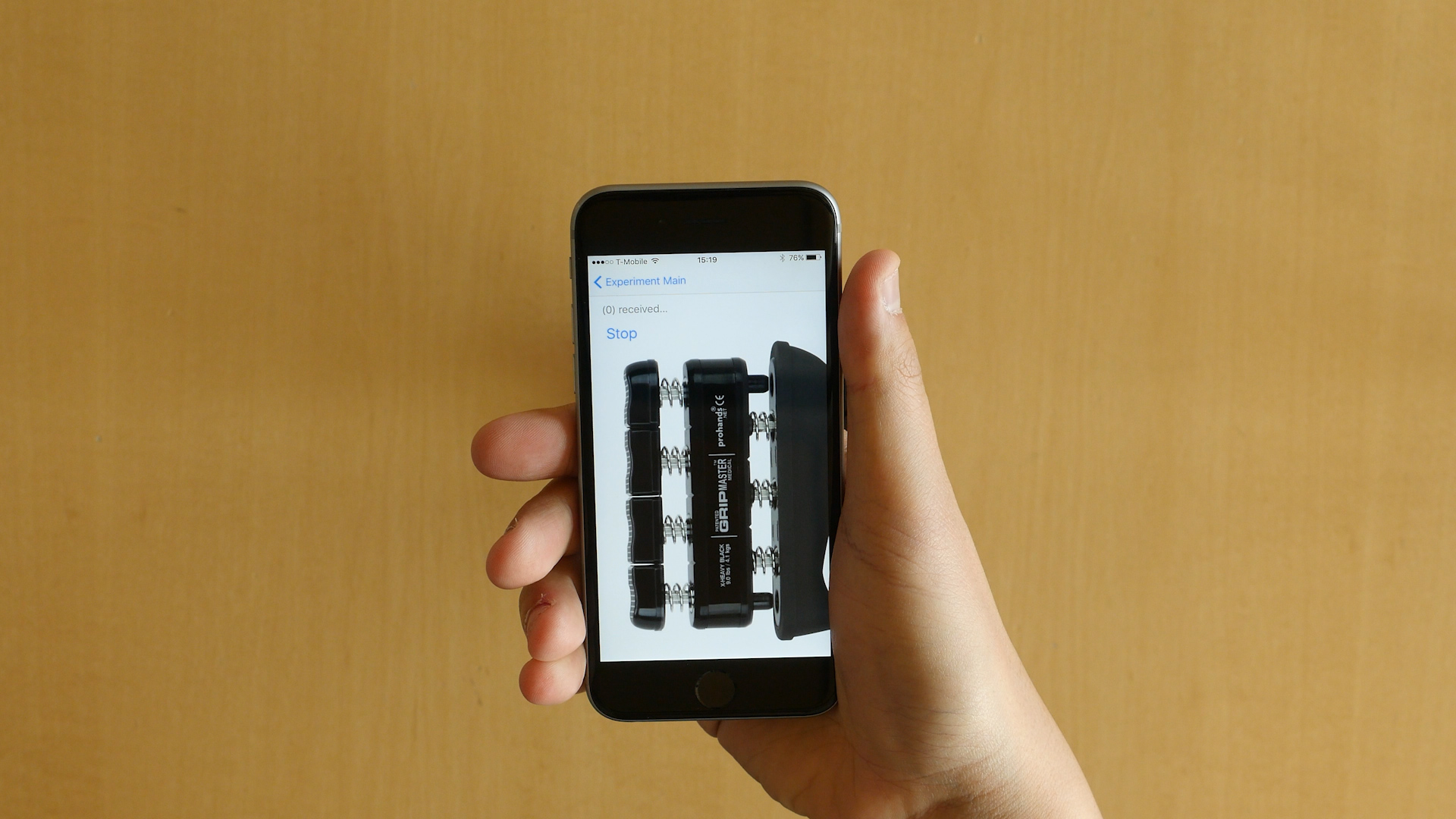A team from the University of Michigan have developed a novel means of giving any mobile device the same sort of force-sensitive capabilities found on Apple’s flagship iPhone 6s. Dubbed ForcePhone, the software leverages two features that literally every smartphone has — a microphone and a speaker — do to what very few OEM device manufacturers have managed.
It causes the phone to continually emit an 18kHz buzz, which is too high for the human ear to detect. However, it’s not too high for the phone’s microphone to detect. When the user presses a finger against the screen, the pitch changes slightly. Pressing harder causes the pitch to shift further, which the mic picks up and translates into commands for the software. With it, users would conceivably be able to dial their phones or navigate through menus simply by squeezing their screens in different patterns.

“Having expensive and bulky sensors installed into smartphones can solve every problem we have solved, but the added cost and laborious installation prevent phone manufacturers from doing it,” University of Michigan doctoral student Yu-Chih Tung said in a statement. “Our sound-based solution can fill this gap, providing the functionality without making any hardware modification. Everything is just software.” The system isn’t quite ready for public consumption just yet, however. Its inventors will demo the ForcePhone June 27-29 in Singapore at MobiSys 2016.
(59)

